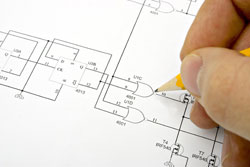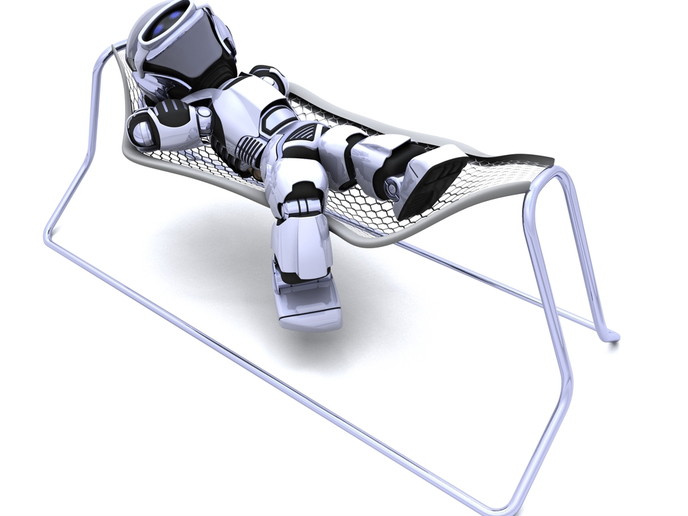Executable specifications for a higher level of abstraction
As the complexity of electronic systems constantly increases and at the same time design schedules become tighter, interest in new electronic design automation (EDA) methods and tools is growing. An interesting development is the adoption of executable specifications as a potential replacement for conventional written specifications, which promise to provide unambiguity and completeness. For designers to be able to develop such executable specifications, the European project ODETTE introduced object-oriented methods into the design of digital hardware for embedded software/hardware systems. While objected-oriented methods have been a matter of course in software development for a long time, it was not possible to use them in designing integrated circuits until recently. With the definition of object-orientated extensions to hardware description language SystemC, the development of synthesis tools supporting the design of integrated circuits at high level of abstraction was rendered possible. The high level synthesiser proposed by project partners at OFFIS laboratories supports the transition from an algorithmic-level specification of a digital system to a register-transfer-level (RTL) structure, implementing its behaviour. The resulting hardware model features the same simulation results as the input model and, more importantly, it can be processed by current EDA tools. The extended SystemC synthsesis subset contains language concepts that hold the promise for higher productivity of embedded hardware/software components. Furthermore, the synthesiser's flexible architecture allows for future enhancements, which even include support for additional data types that were not originally considered, as well as for alternative input language subsets.







